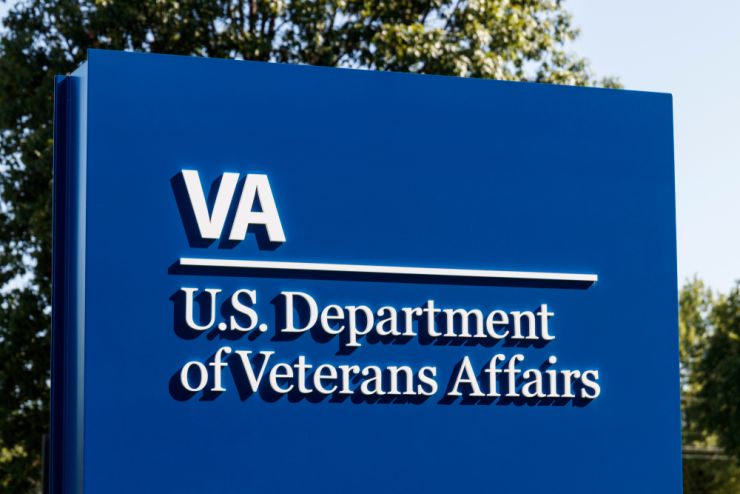Velocity Urgent Care is becoming Sentara Urgent Care
As part of the Sentara family of care, our name will be changing to Sentara Urgent Care on February 3, 2025.
Velocity Urgent Care is becoming Sentara Urgent Care
As part of the Sentara family of care, our name will be changing to Sentara Urgent Care on February 3, 2025.

WILLIAMSBURG, Va., (February 17, 2020) – On June 6, 2019, the Veterans Administration launched new guidelines for veterans’ health care under the MISSION Act. For the first time, VA beneficiaries could choose their best option for health care providers, whether at VA facilities or through a network of community care providers. Despite that change, veterans haven’t taken advantage of their community care options in great numbers, according to Alan Ayers, CEO of Velocity Urgent Care.
“Virginia has the second largest population of veterans in the country, but we’ve hardly seen a change at all in our facilities,” Ayers said. “The percentage of VA beneficiary visits is well below what we expect in proportion to the size of our coverage area and the number of veterans within our market.”
The MISSION Act was created in part to address concerns about long wait times for service at VA facilities. In December, Sen. Mark Warner (D-VA) expressed concern about long wait times (42 days) for primary care at the Hampton VA Medical Center. Under the new guidelines, eligible VA beneficiaries can receive service at more than 5,000 urgent care facilities nationwide, with wait times of an hour or, often, less.
“Eighty-one percent of our patients are in and out of our facilities in less than 45 minutes,” Ayers says. “. This compares very favorably to emergency room visits in which wait times can run into hours depending on the severity of the illness.” Patients who register online receive a text message when ready to be seen, enabling them to wait at home, at work, or while running errands.
Veterans who have taken advantage of access to urgent care have reacted favorably. According to a recent survey by the Veterans of Foreign Wars, veterans who received community care under the MISSION Act indicated that they prefer community care versus VA care by a margin of 56 percent to 44 percent.
The challenge, according to Ayers, is primarily educational in nature. “As in the general community, veterans are aware of the benefits of visiting an urgent care for non-emergency treatment. Urgent care facilities provide the same quality of care by certified medical professionals much more quickly.”
Urgent care providers are engaging in several activities to get the word out and ensure that visits by VA beneficiaries go smoothly. “We’ve been working closely with VFW, American Legion, DAV, and other veterans’ groups to provide information about our services under the MISSION Act. We’ve also been working closely with the VA to ensure that patient claims and records are processed smoothly and efficiently.”
To be eligible for urgent and walk-in care, veterans must be enrolled in the VA Health Care System and have received care through the VA from either a VA or community provider within the last 24 months. No referral or pre-authorization is required. Many of Velocity Urgent Care’s medical team members are veterans themselves, giving them an affinity and appreciation for veterans’ needs and concerns.
Based in Williamsburg, Velocity Urgent Care operates 14 locations in Eastern, Northern, and Southern Virginia. Velocity offers no-appointment necessary visits with licensed providers for the treatment of minor illnesses and injuries. As a member of the Sentara Quality Care Network (SQCN), Velocity provides information sharing and referral relationships for its patients who require medical services beyond urgent care.
Eligible Veterans Administration beneficiaries can receive no-appointment-necessary visits with licensed providers for treatment of minor illnesses and injuries, avoiding potentially lengthy drives to their regional VA clinic and a lengthy wait to receive medical treatment. To be eligible for urgent and walk-in care, veterans must be enrolled in the VA Health Care System and have received care through the VA from either a VA or community provider within the last 24 months. No referral or pre-authorization is required.
Velocity Urgent Care services include digital X-rays and lab capabilities on-site. Most insurance is accepted, and there is a self-pay option for those without insurance. Facilities are open seven days a week.